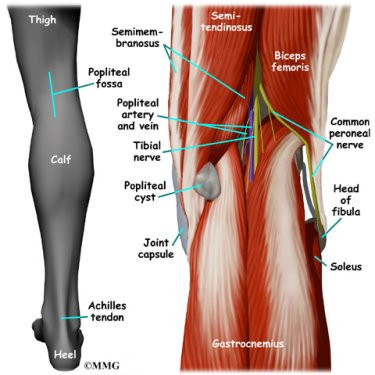Although there aren’t hard and fast rules for running while injured, here are some general guidelines:
- If you don’t notice any pain during your run, but have pain after a run or when you get up in the morning, it’s OK to run your usual run at your usual pace.
- If you notice pain during your run, but it doesn’t interfere with your normal running form, it’s OK to keep running, but stay close to home so that you can get back quickly if things deteriorate.
- If the pain becomes worse the longer you run, limit your running to however long you can run before this deterioration starts.
- If the pain causes you to alter your usual running form, don’t run with this injury until you can run normally at a relaxed pace. Running differently because of an injury will make other body parts more susceptible to injury, because they’re being asked to work harder than usual to compensate for the injured part that you’re favoring.
- If your pain interferes with your normal, day-to-day nonrunning activities, the only running you should even think about doing is to the nearest sports medicine doctor’s office.
If you’re injured and can run, or even if you just feel the beginnings of an injury, try to run primarily on flat surfaces. Running downhill increases the pounding on your legs, and running uphill forces your tendons and muscles to work extra hard. When you’re already flirting with disaster, you don’t need either. In all of these cases, consider taking anti-inflammatories and applying ice to the painful area a few times a day.

 Even if you’re not injured, you should always be thinking about how to prevent injuries. Good running habits are so important, because the majority of running injuries can be prevented by eliminating the root causes. To eliminate these root causes, you need to increase the ability of your tissues to tolerate a force repeatedly and/or decrease the cumulative amount of force.
Even if you’re not injured, you should always be thinking about how to prevent injuries. Good running habits are so important, because the majority of running injuries can be prevented by eliminating the root causes. To eliminate these root causes, you need to increase the ability of your tissues to tolerate a force repeatedly and/or decrease the cumulative amount of force. One runner I know suffered a broken rib when he tripped during a run. Another I know broke his arm when he didn’t see a low chain-link fence during a dark morning run. These are freak occurrences. They sound like the kinds of injuries that skiers and football players get—random, acute events. Most running injuries, in contrast, are overuse injuries—they stem from repeatedly stressing an overworked body part and ignoring the early warning signs that something is wrong.
One runner I know suffered a broken rib when he tripped during a run. Another I know broke his arm when he didn’t see a low chain-link fence during a dark morning run. These are freak occurrences. They sound like the kinds of injuries that skiers and football players get—random, acute events. Most running injuries, in contrast, are overuse injuries—they stem from repeatedly stressing an overworked body part and ignoring the early warning signs that something is wrong. Being injured is the pits. Many times, you can’t run at all. Even if you can run with your injury, you usually have to cut back on your usual distance and slow down. Your running just isn’t as much fun. Suddenly, your running, which is supposed to help with the stress in your life, adds to it.
Being injured is the pits. Many times, you can’t run at all. Even if you can run with your injury, you usually have to cut back on your usual distance and slow down. Your running just isn’t as much fun. Suddenly, your running, which is supposed to help with the stress in your life, adds to it.

